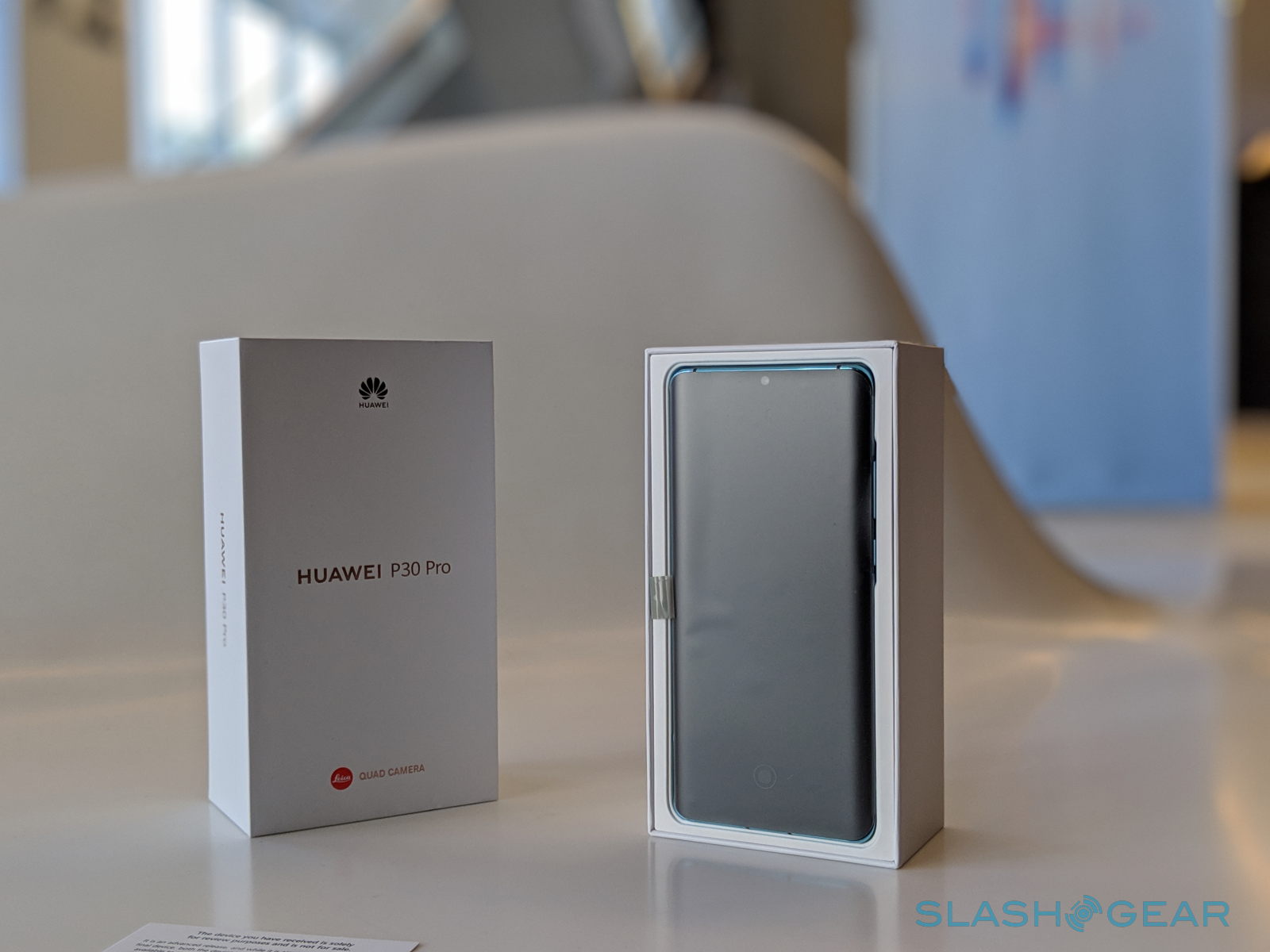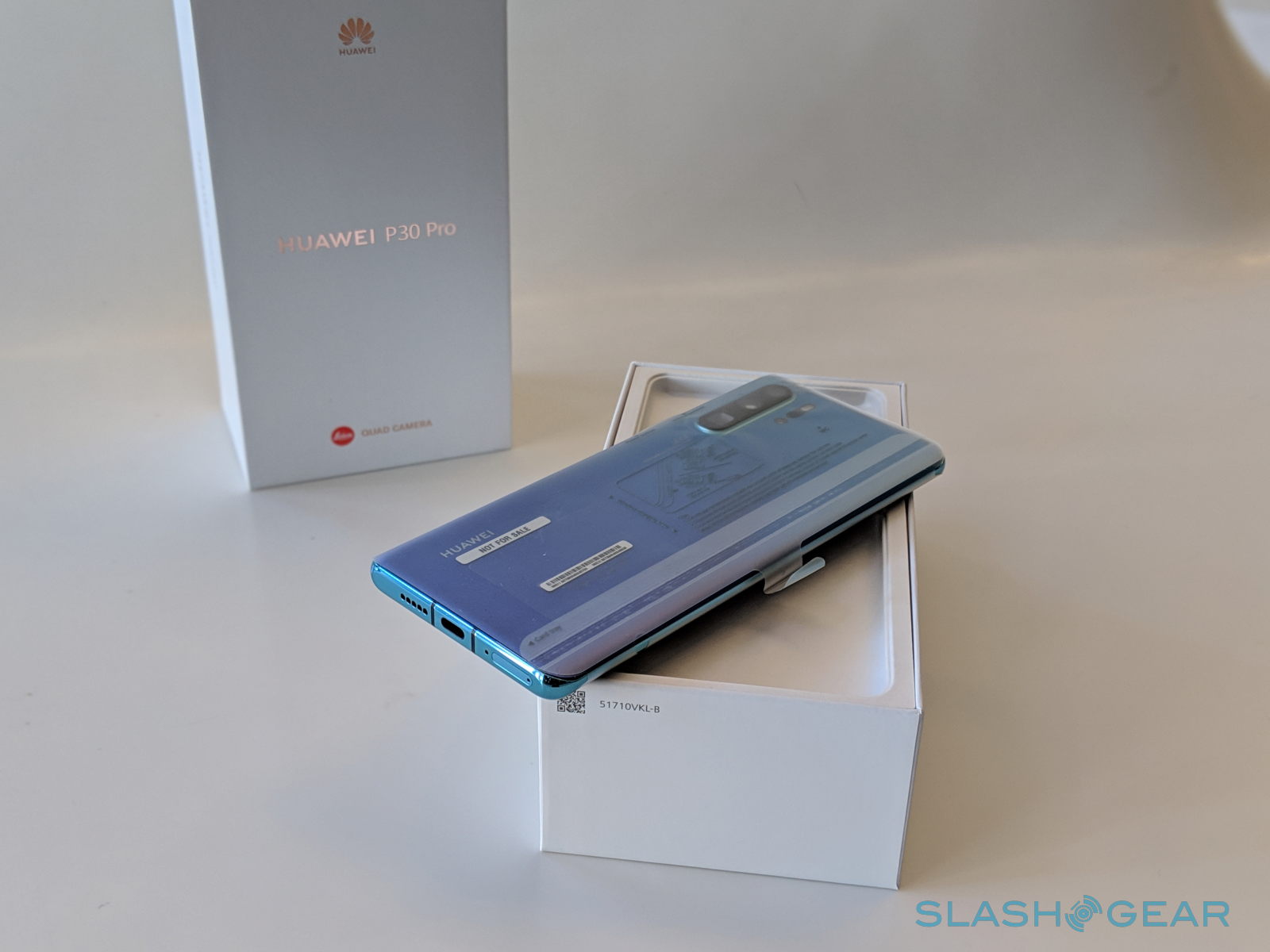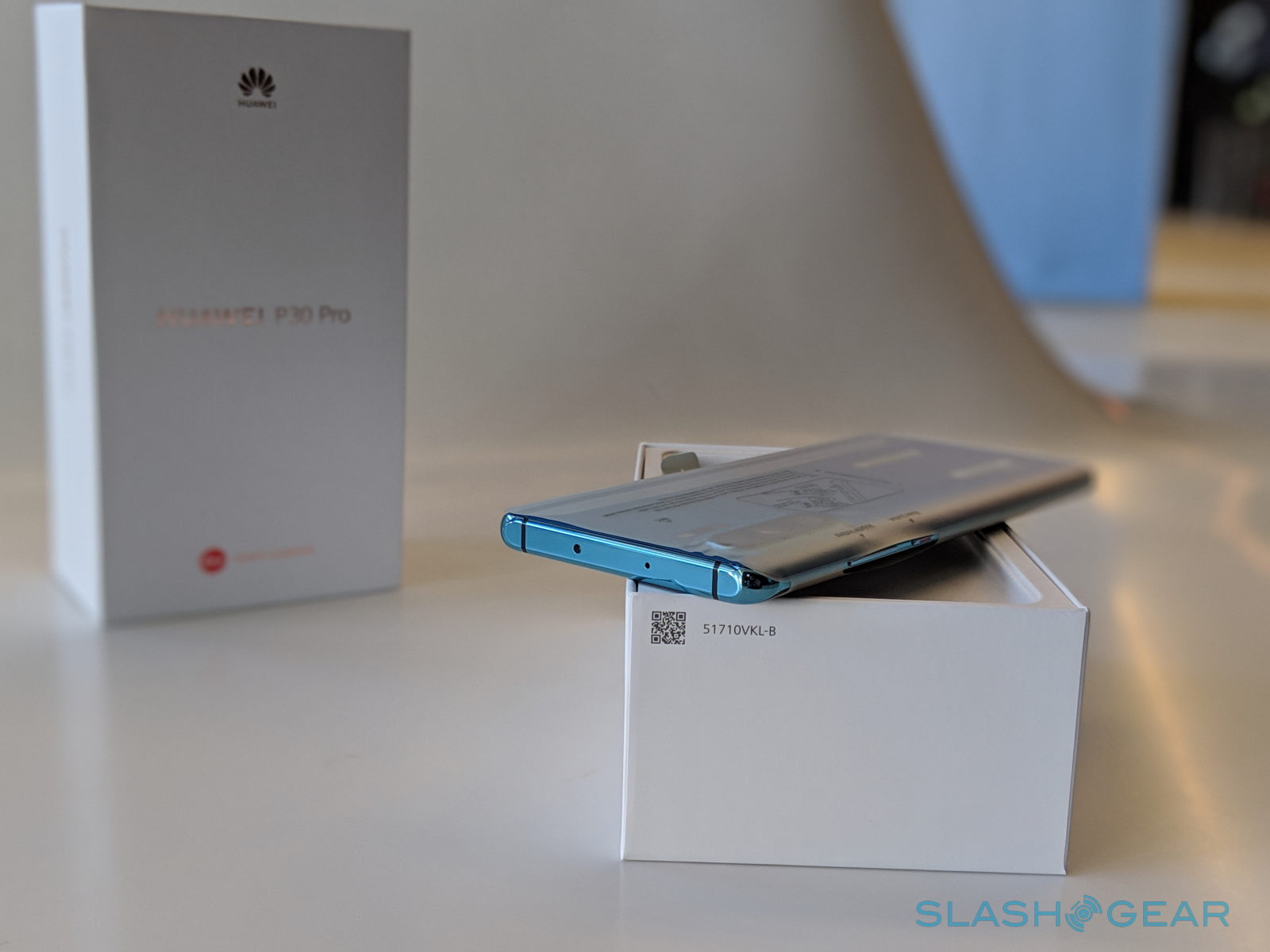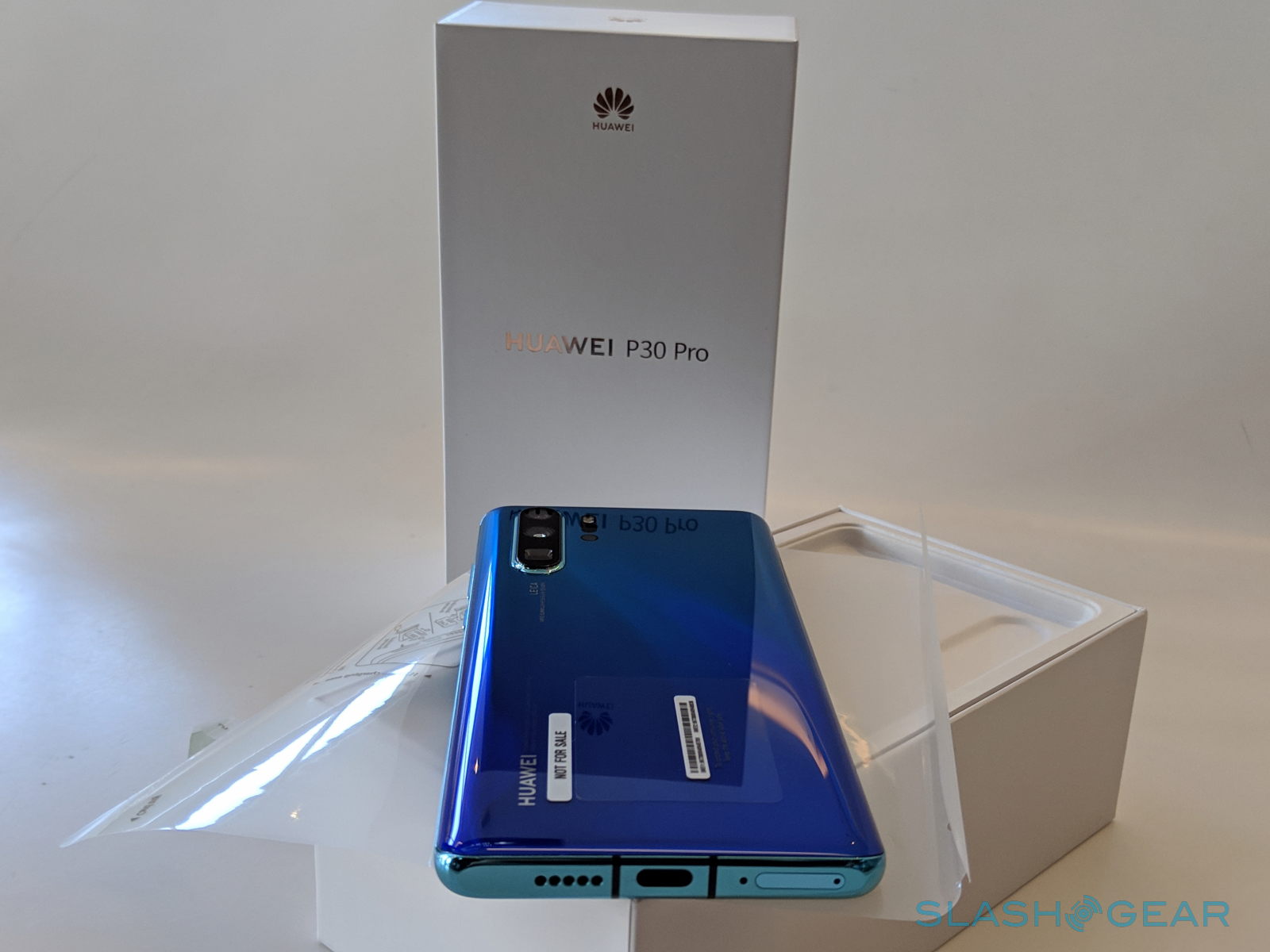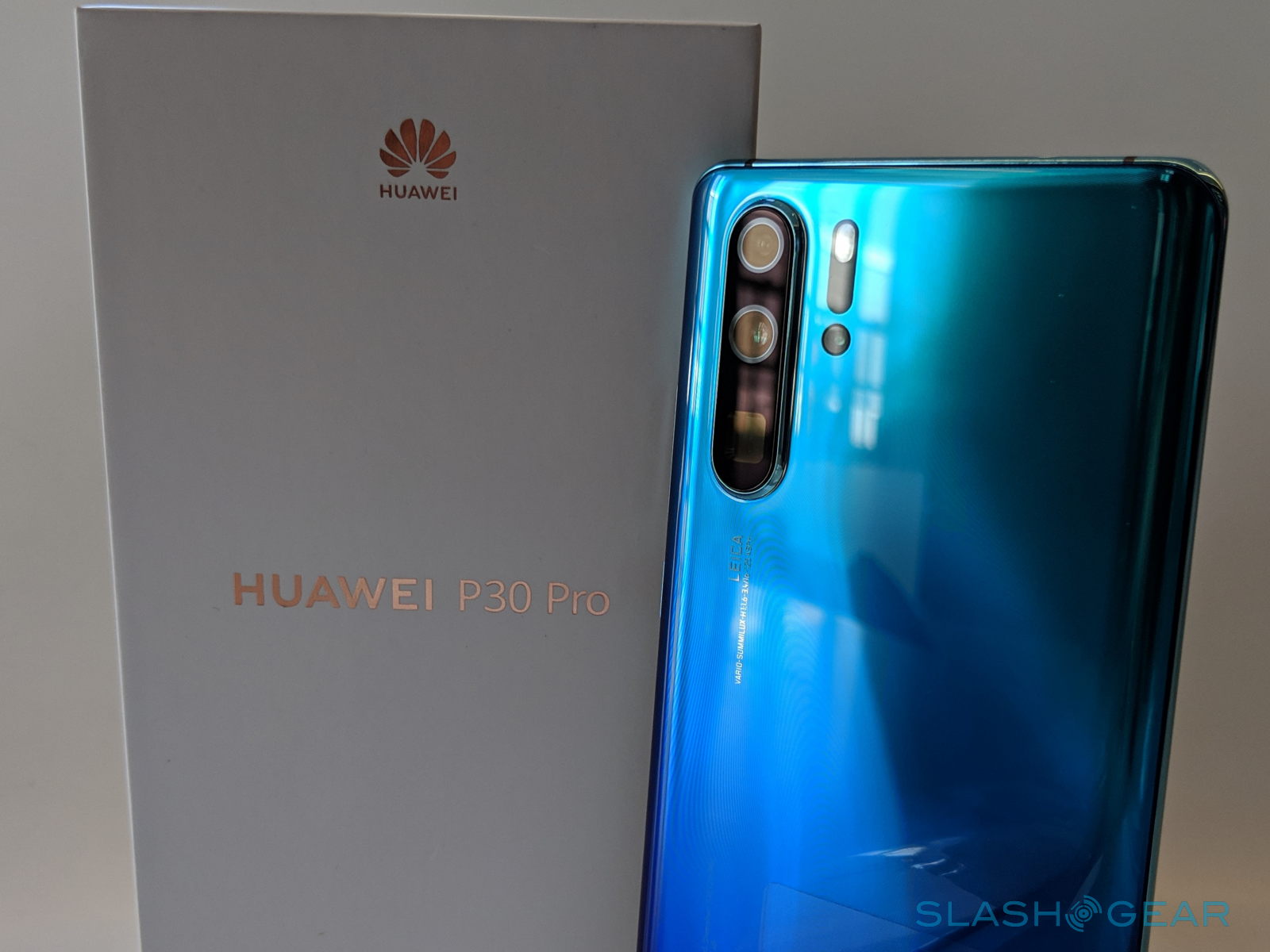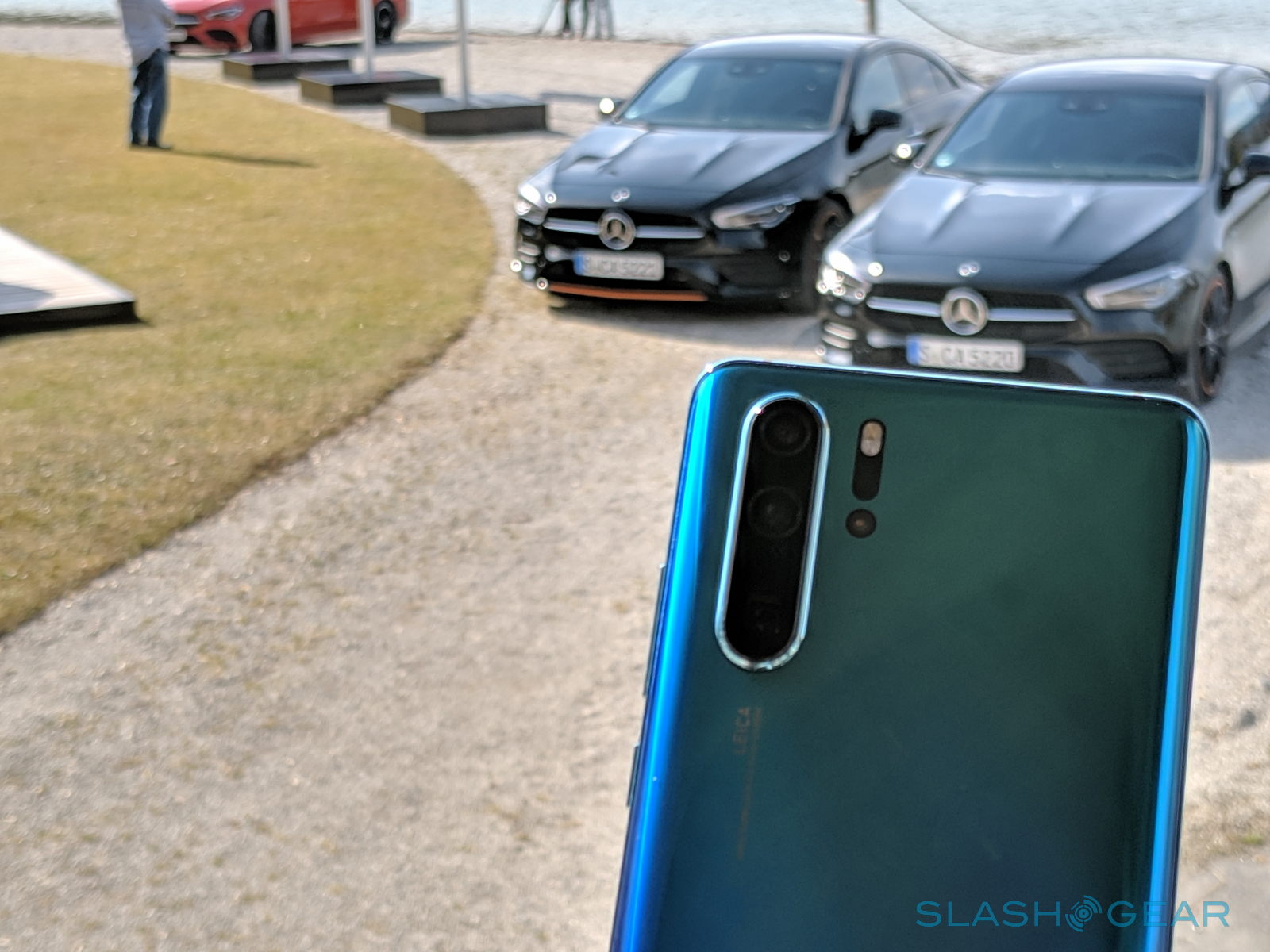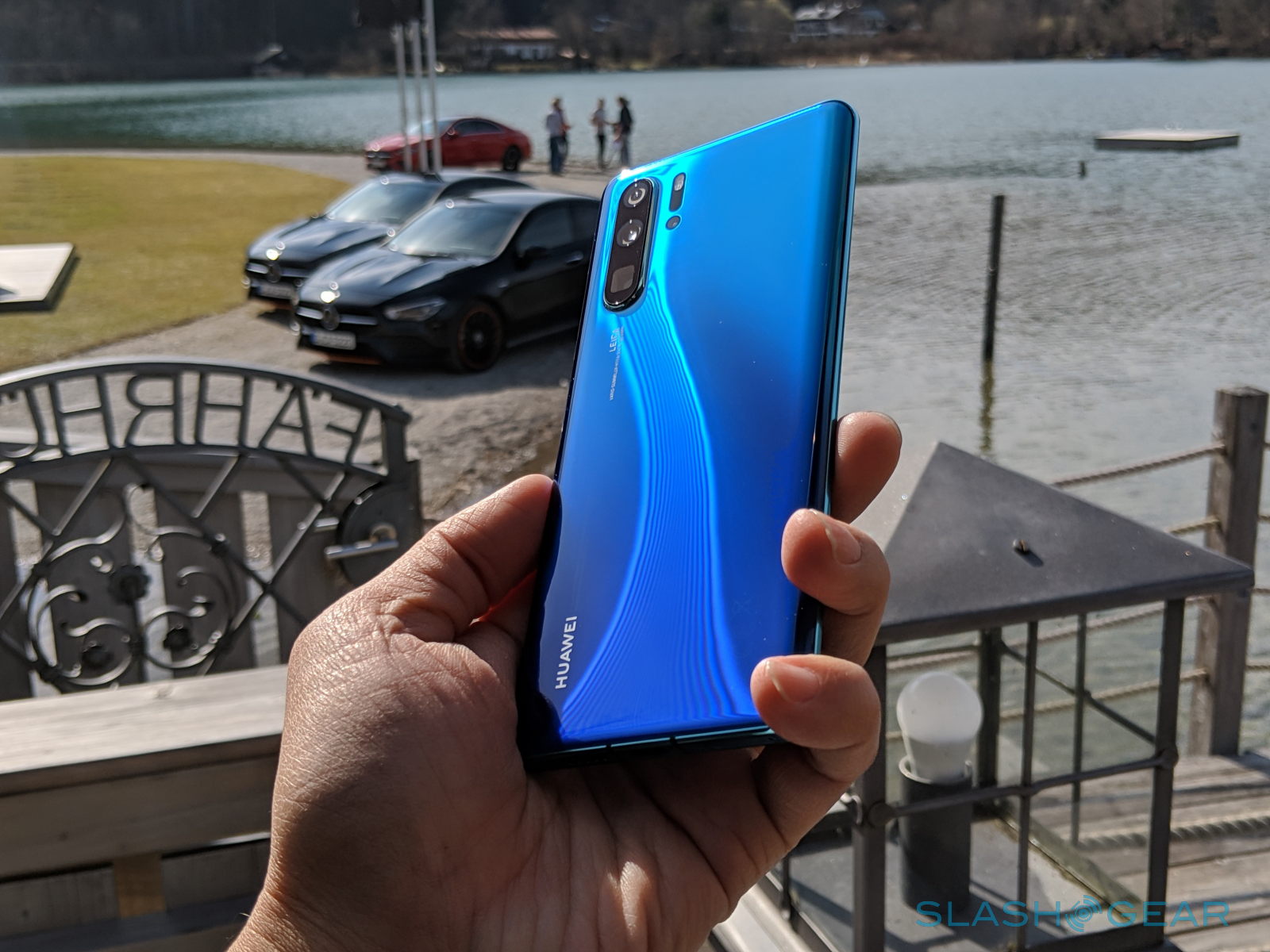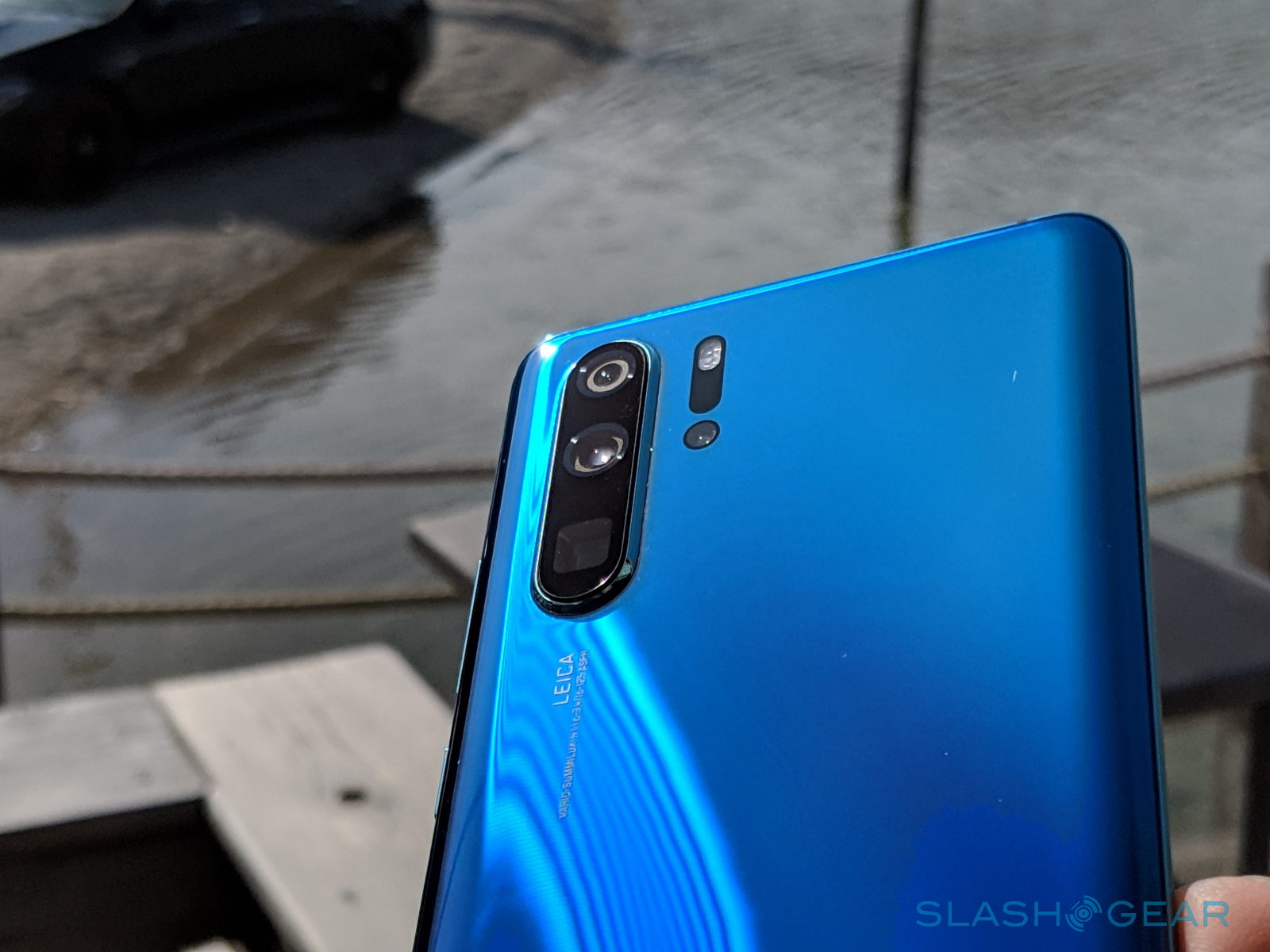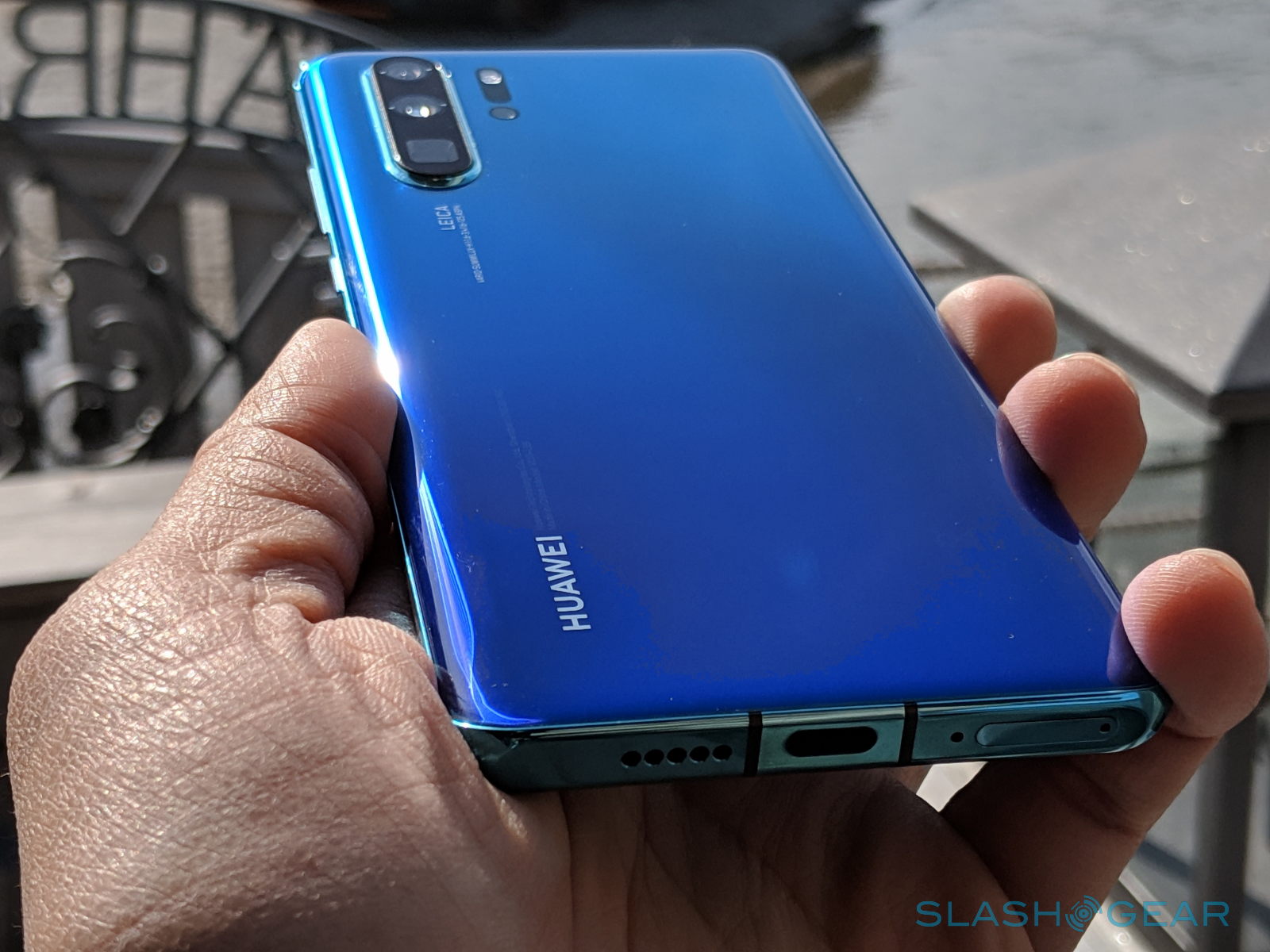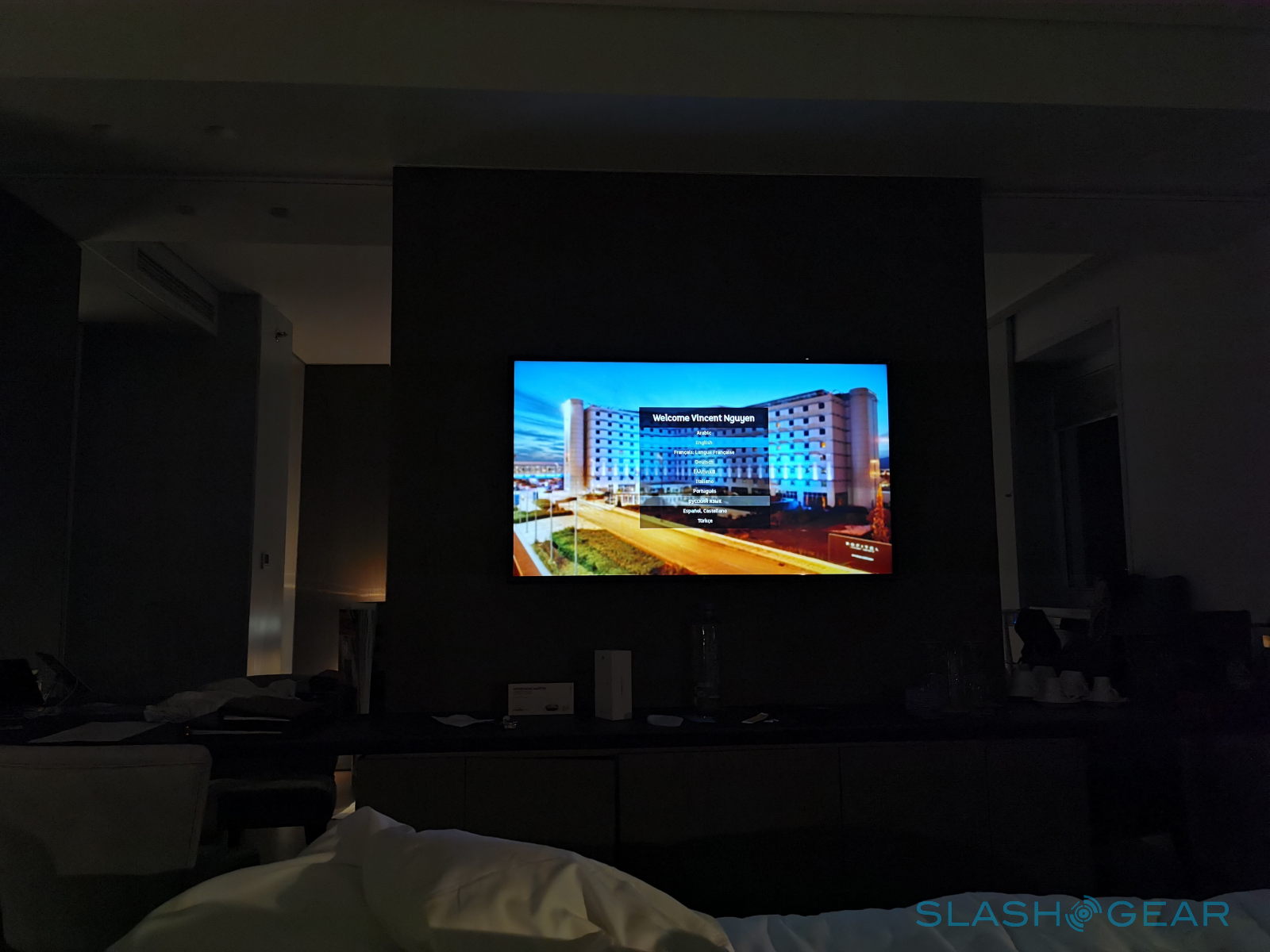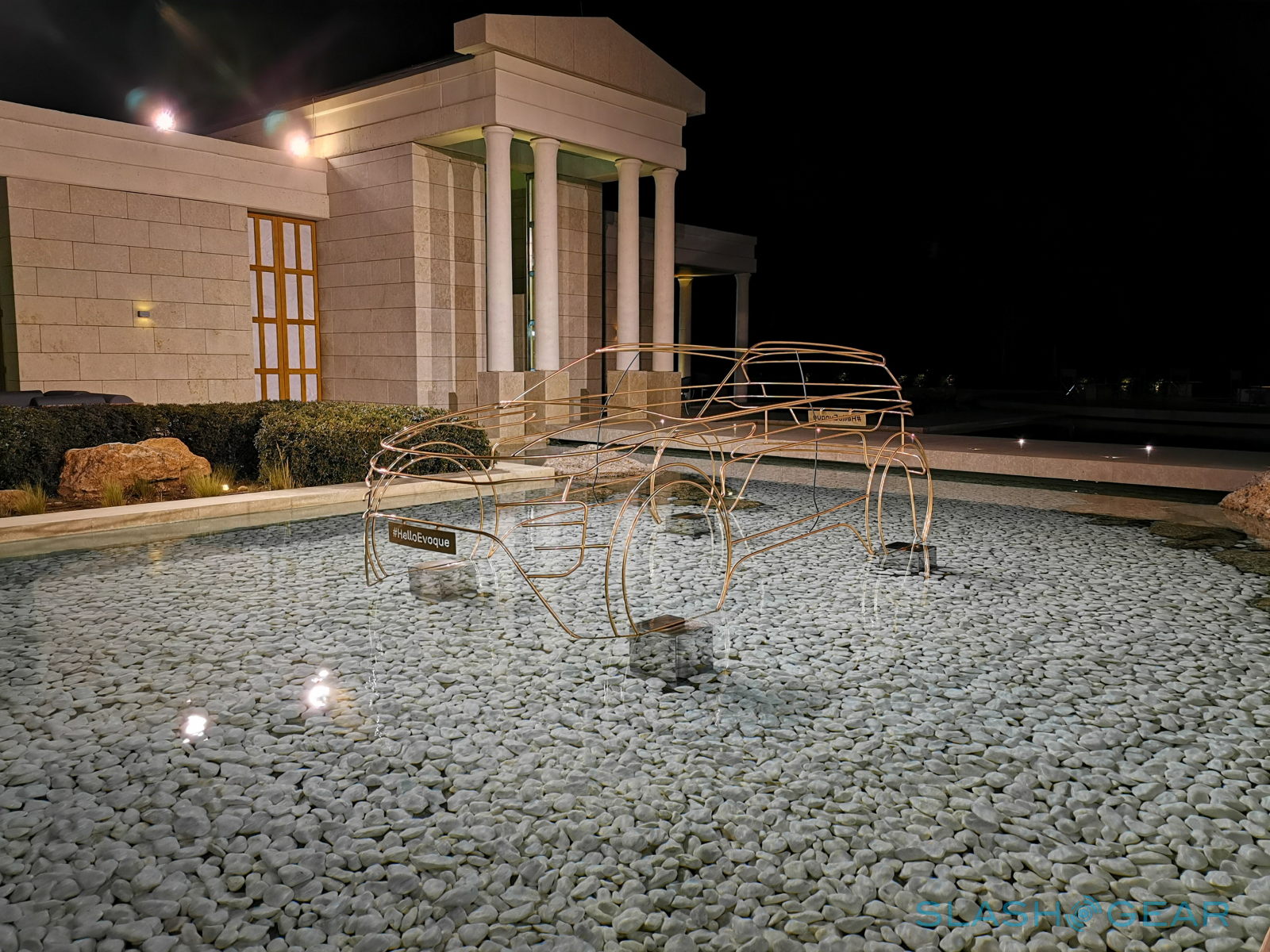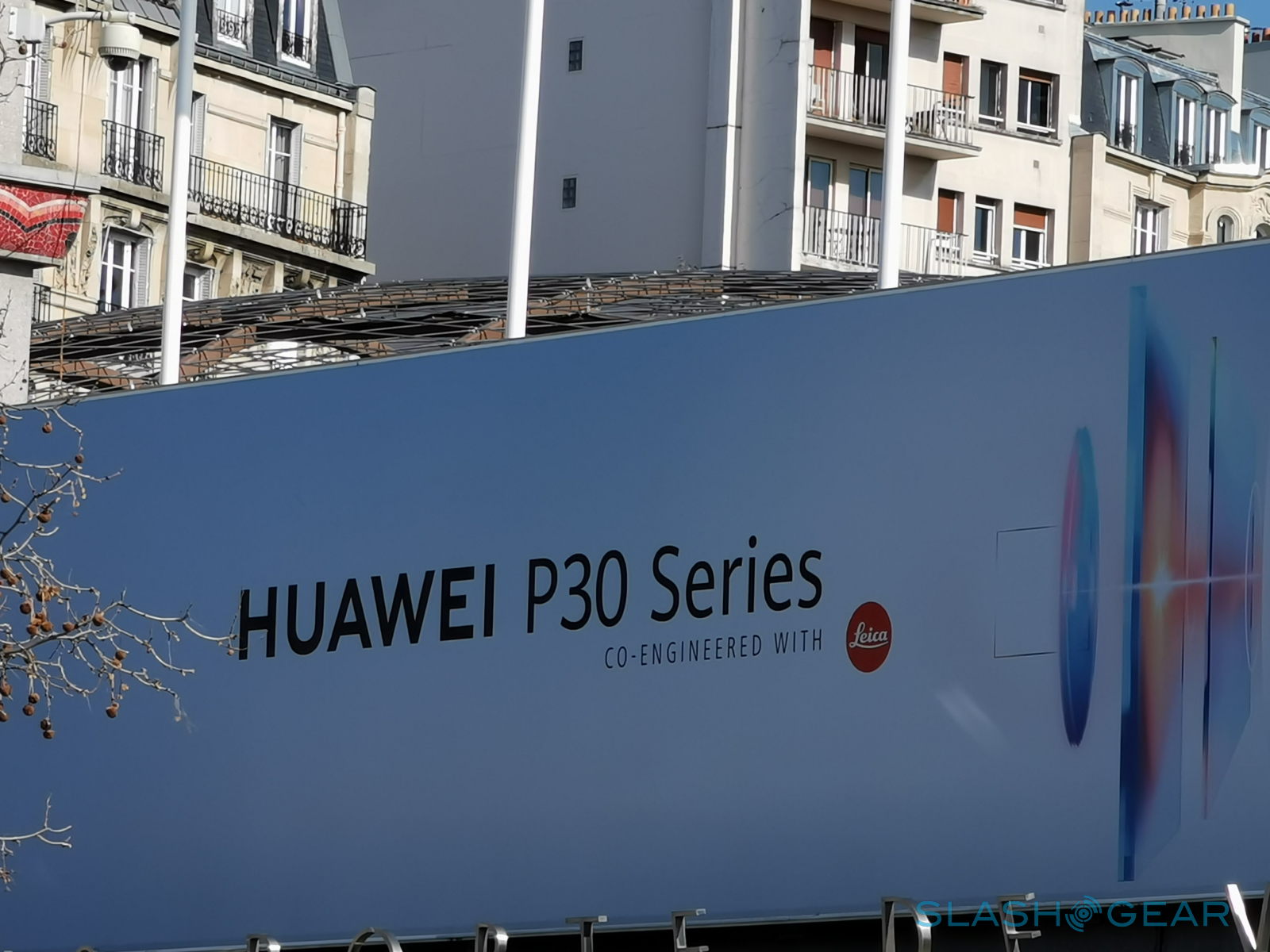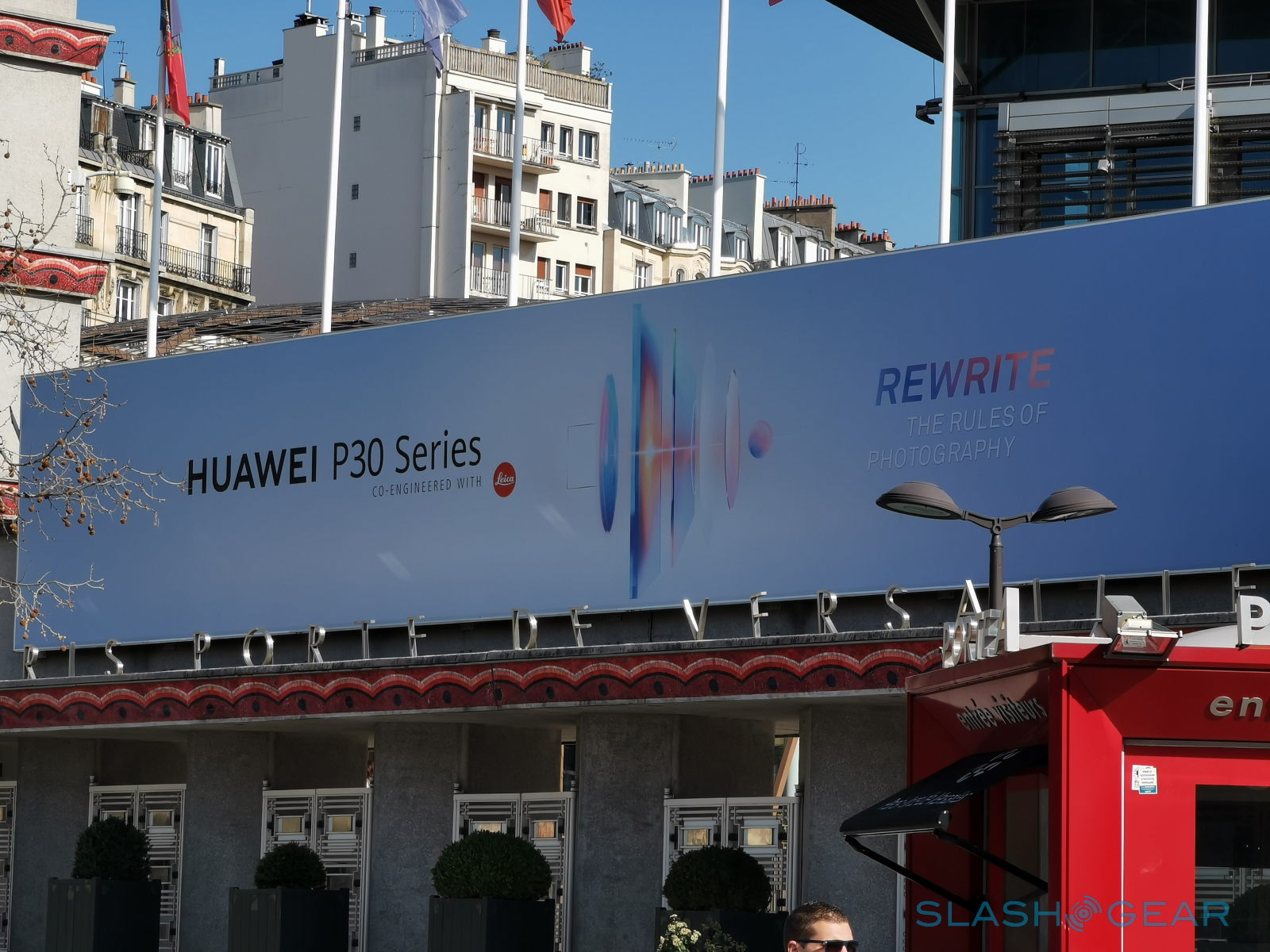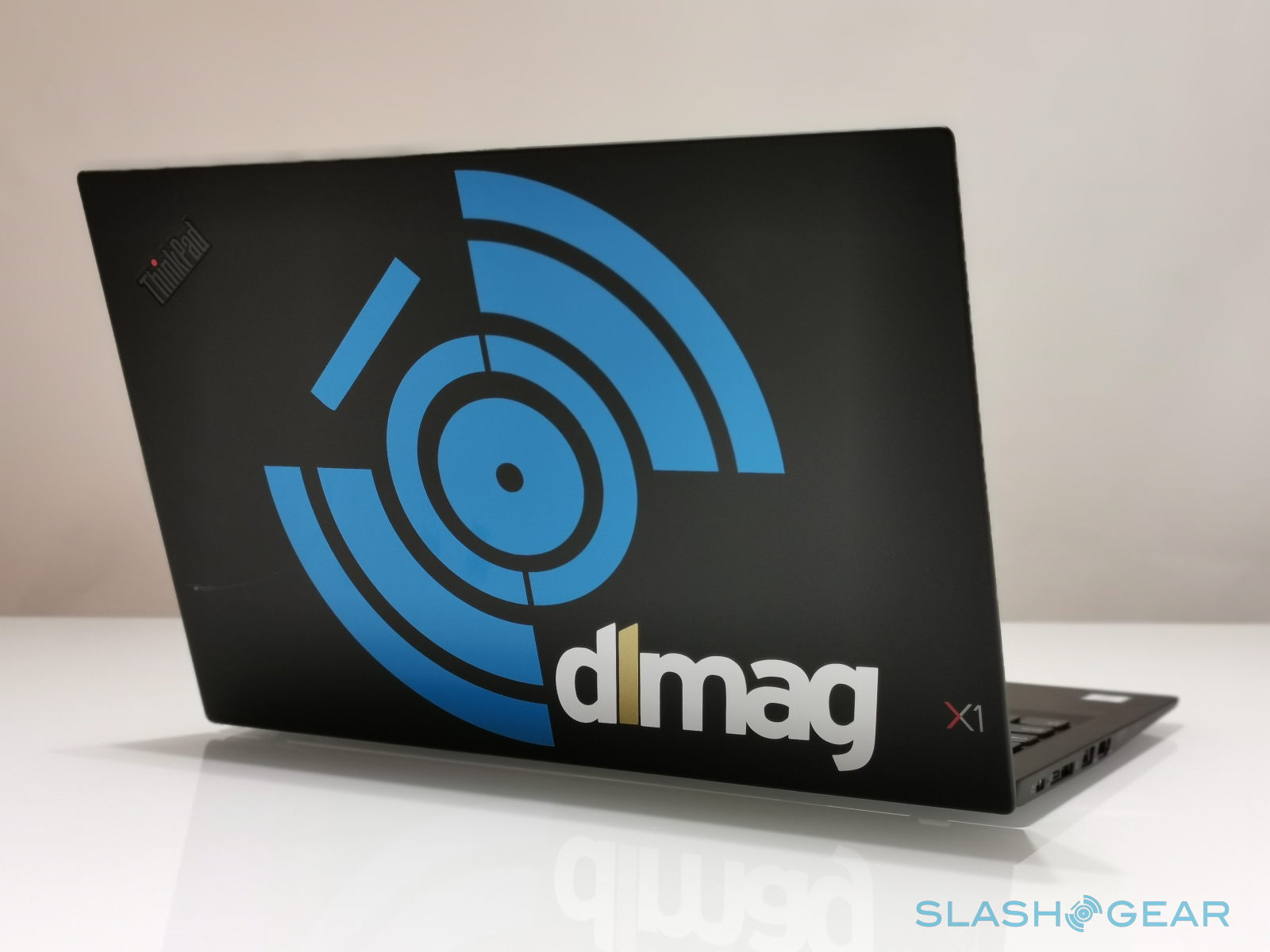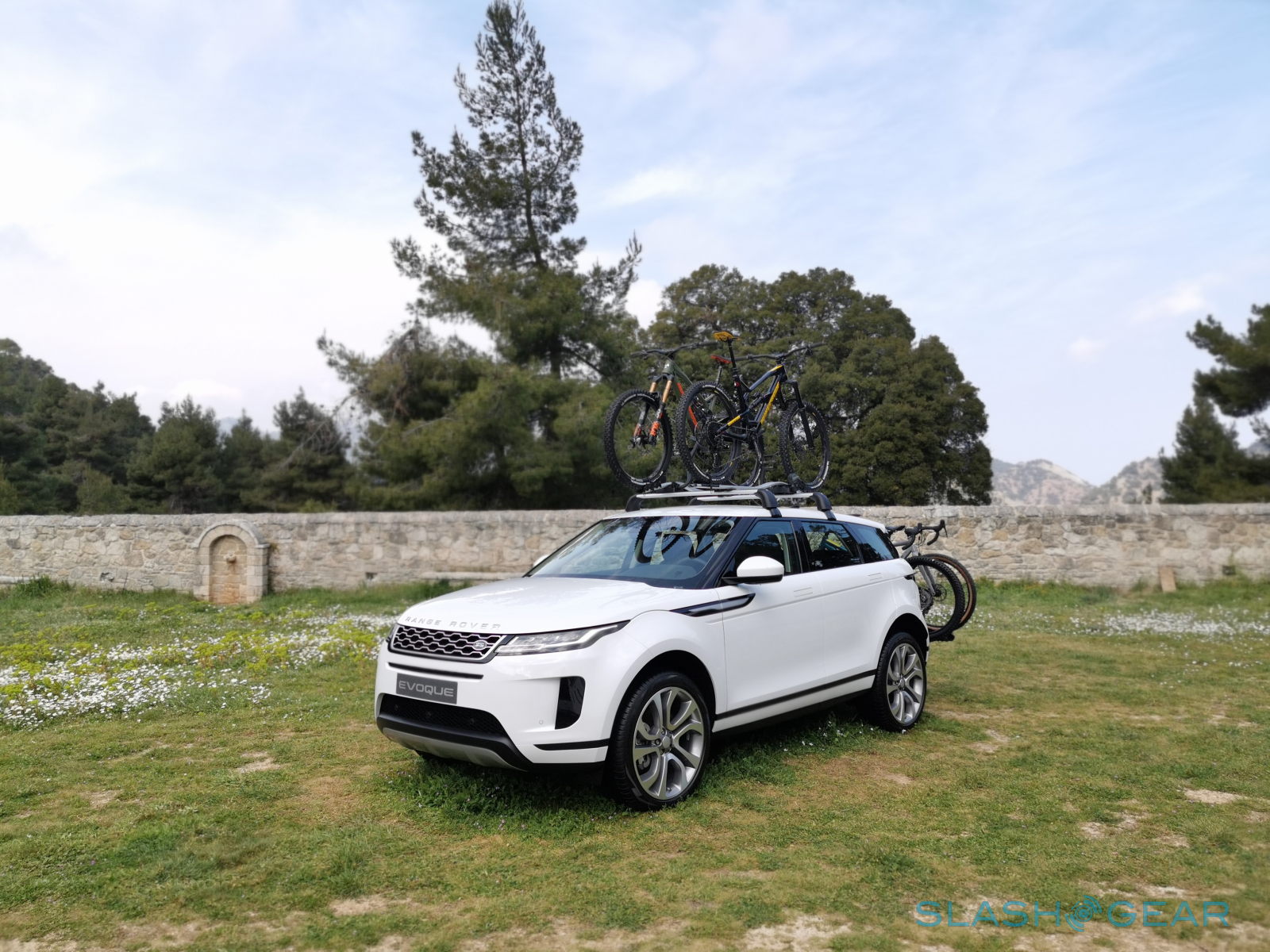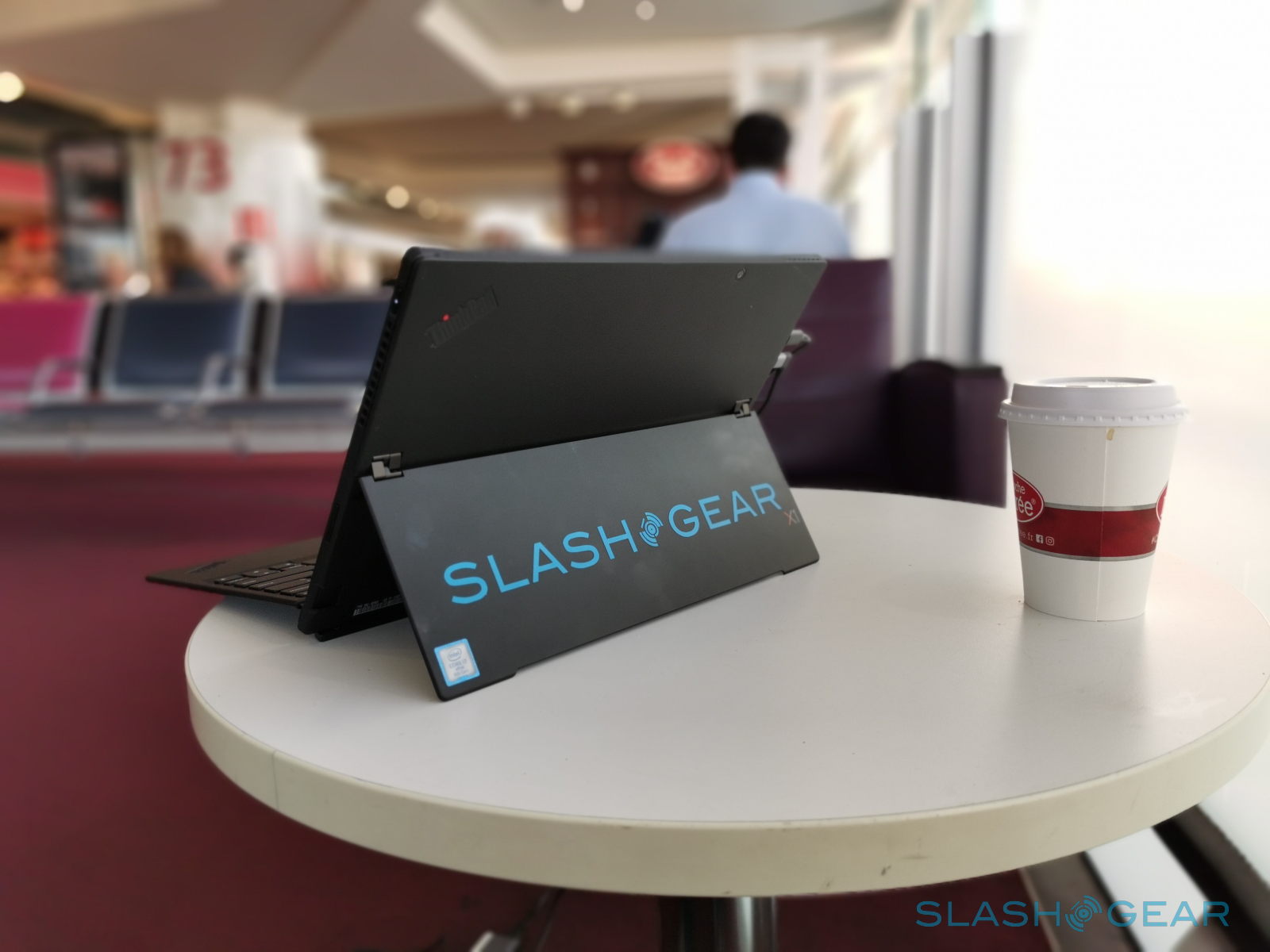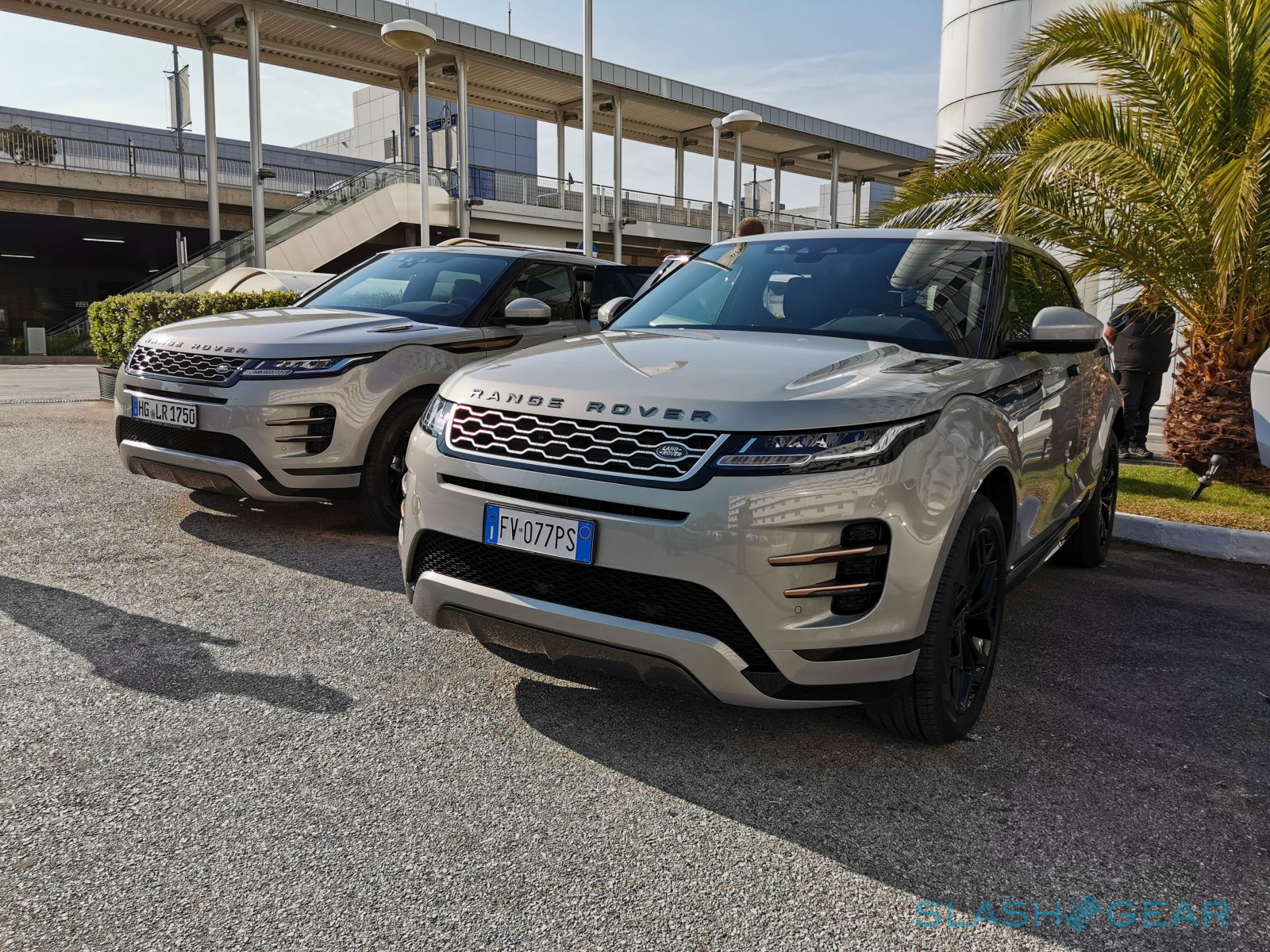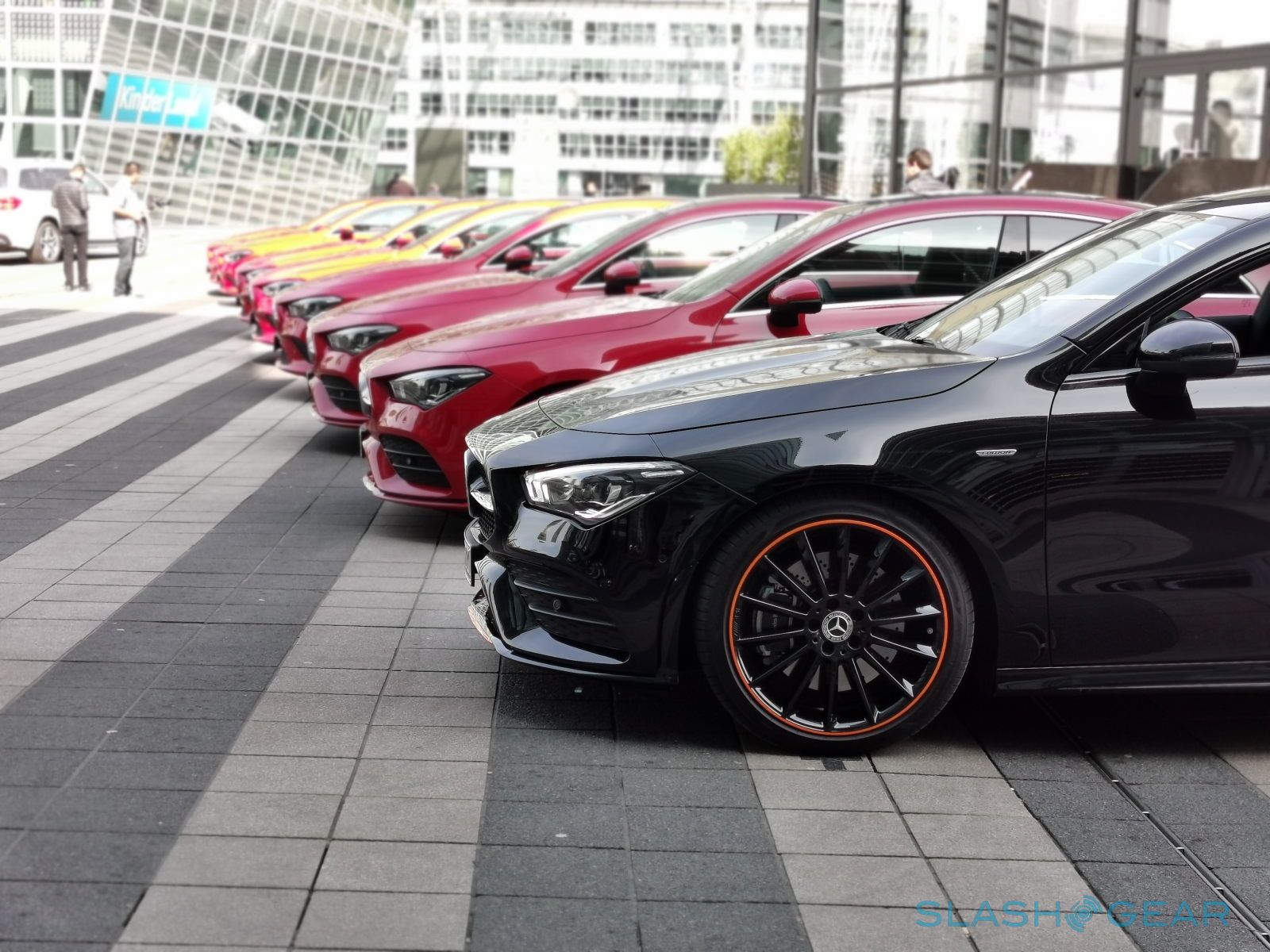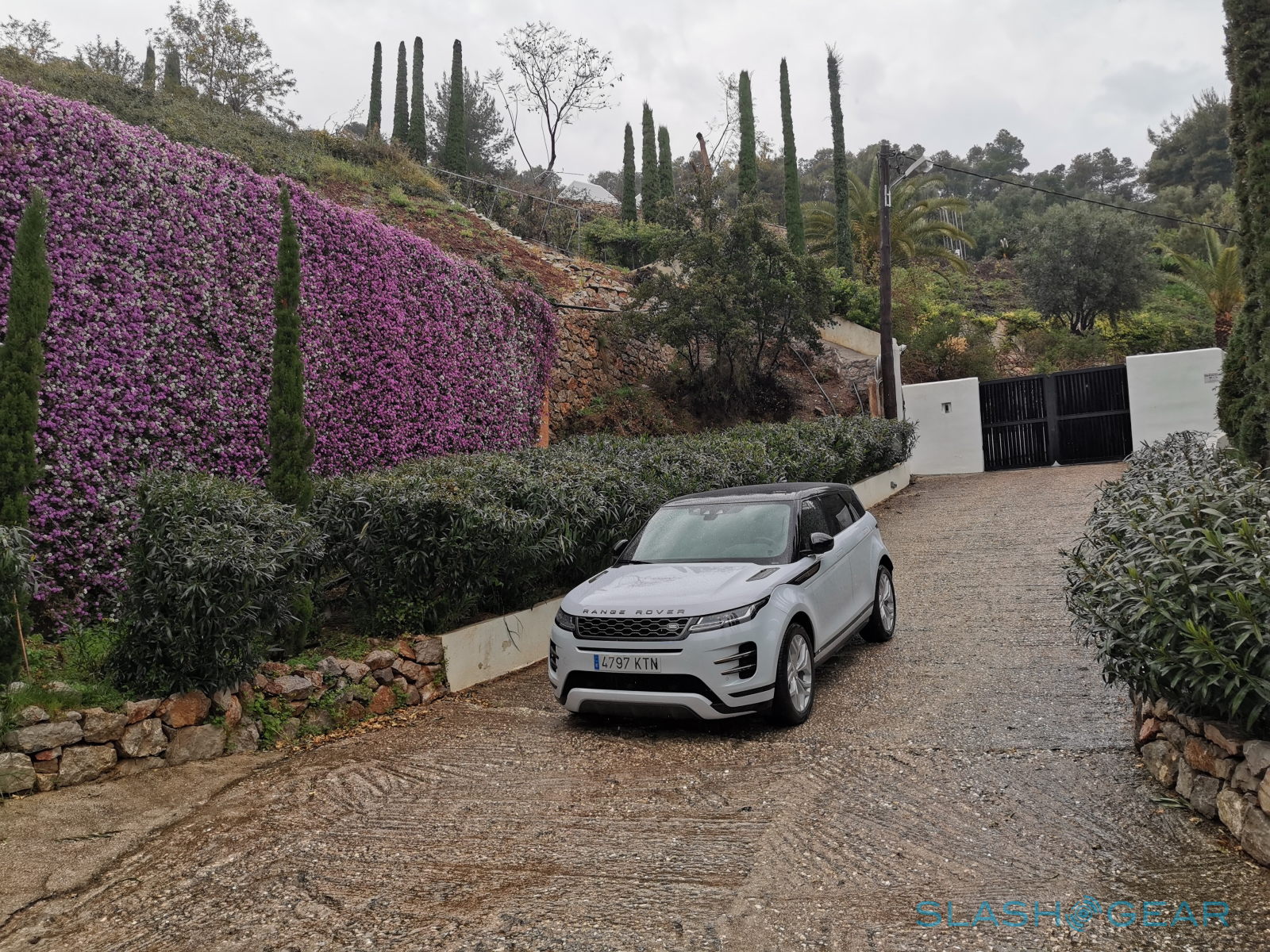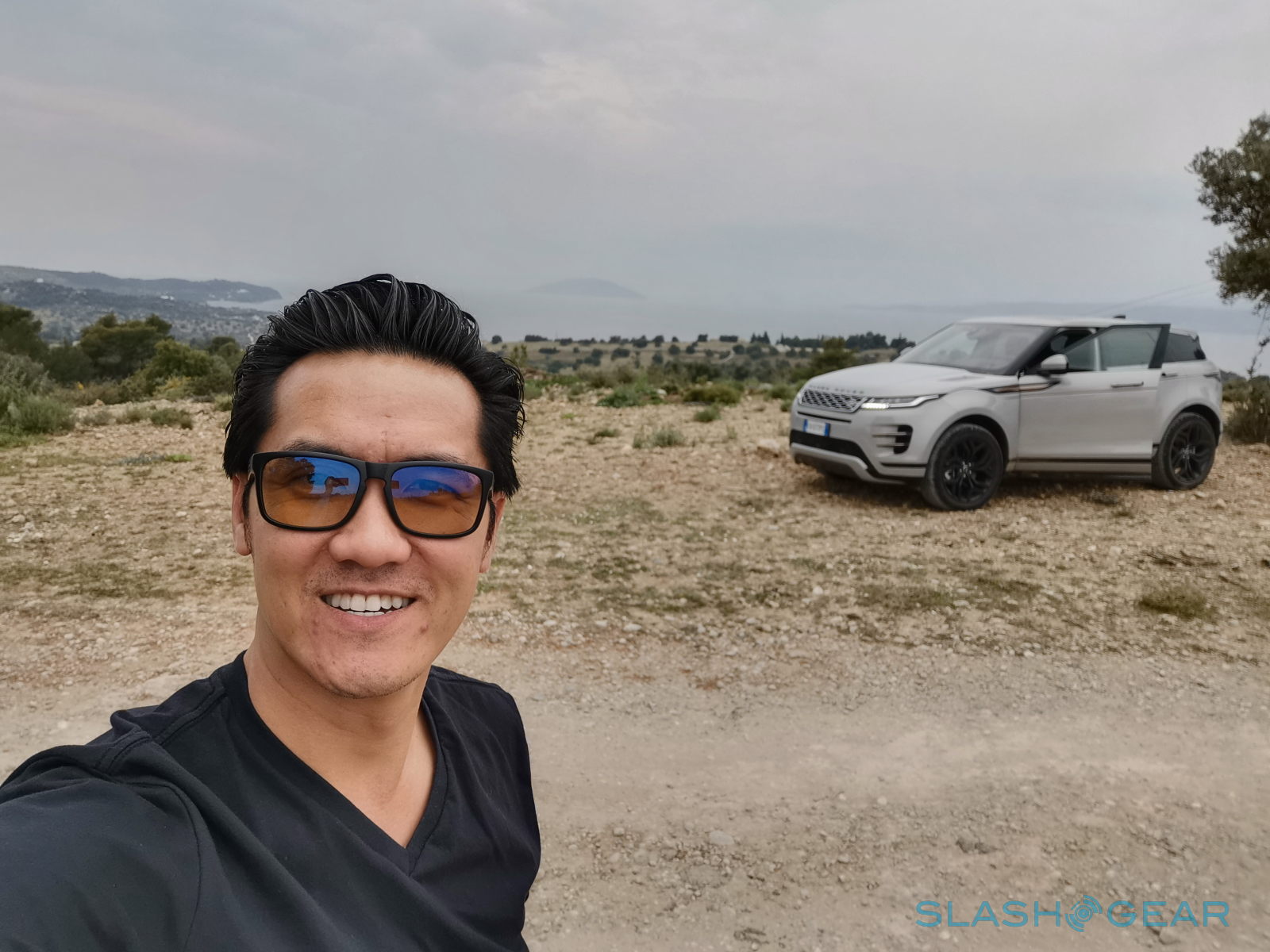Huawei P30 Pro Review
- One of the best smartphone cameras to date
- Almost two-days battery life
- Impressive hardware and software performance
- Reverse wireless charging
- Not available in the US
- FHD resolution is dated
- Audio lacks bass
- EMUI bloatware
It's not hard to imagine Huawei gloating over its foes. It has been belittled, ridiculed, suspected, rejected, and even sued. But now it has come out with what is possibly the best premium smartphone this year so far. That is especially true if you're the type that lives and breathes mobile photography. But does the Huawei P30 Pro really live up to the hype that Huawei and first reviewers have built up? We give it a good SlashGear test to see, hear, and feel how Huawei's greatest stands against Samsung's and Apple's champions.
Design and Display
Despite the gorgeous gradients, the Huawei P30 Pro might not look all that special. Make no mistake, its playful use of colors are eye-catching and tasteful, but that is now the case with many smartphones these days, even across tiers. That, however, might be a point in favor of Huawei.
It didn't change a winning formula simply for the sake of changing it. Consumers may have gotten tired of all the disruptive changes in smartphone design that has happened in the past two years. In a sense, the Huawei P30 Pro settles down on a now familiar design while still offering a bit of flair via color options like "Amber Sunrise", "Breathing Crystal", or "Aurora". At the same time, that also means that the phone is just as slippery as ever. Buyers in some markets will appreciate that the company threw in a clear plastic case in the box.
The display, on the other hand, isn't as eye-catching as the rear. Yes, it does have bright colors, almost no bezels, and an almost negligible waterdrop notch. But, then again, many phones sport that design these days. The P30 Pro's slight advantage is that its left and right sides now curve as well, further reducing the visual impact of borders. Hidden underneath this screen is the earpiece speaker as well as the fingerprint scanner.
The Huawei P30 Pro's screen is definitely bright and vivid but its one flaw is its resolution. Like many Chinese manufacturers, it has decided to stick with a Full HD, in this case, FHD+, resolution. Yes, most users aren't able to differentiate higher resolutions when it comes to the user interface and there are benefits to battery life with lower resolutions. As more and more content, from videos to games, start offering at 2K or QHD resolutions, phones like these start losing out. And with a large 6.47-inch panel, you might be able to make out some of the pixels when you take a closer look.
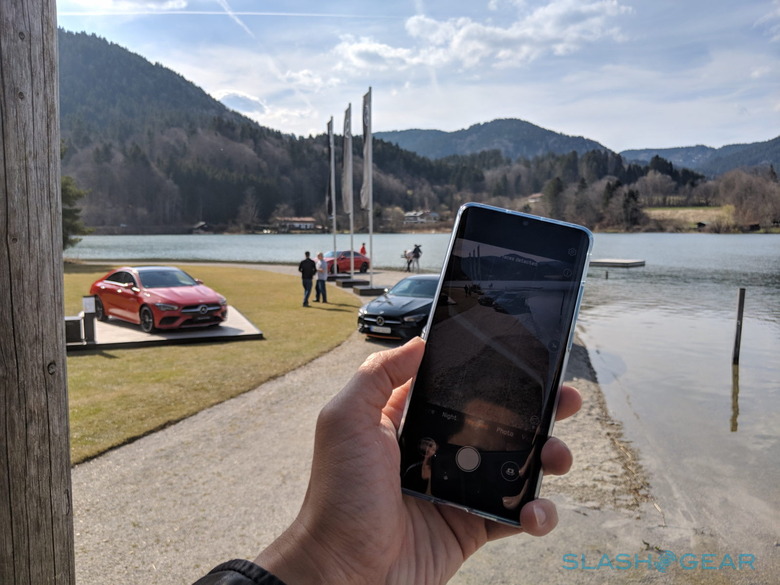
Specs and Performance
The P30 Pro comes with the best hardware that Huawei has to offer. And by that we mean late 2018 best. The company hasn't yet launched a new application processor so it's no surprise that this year's star still runs on the Kirin 980. By no means is it slow but it is starting to show its age against the likes of the Snapdragon 855, the Exynos 9820, and especially Apple's A12. The 8 GB of RAM is definitely plenty but if you want to supplement the 128 GB of storage (minimum), you'll have to hope you can get your hands on Huawei's proprietary nanoSD card.
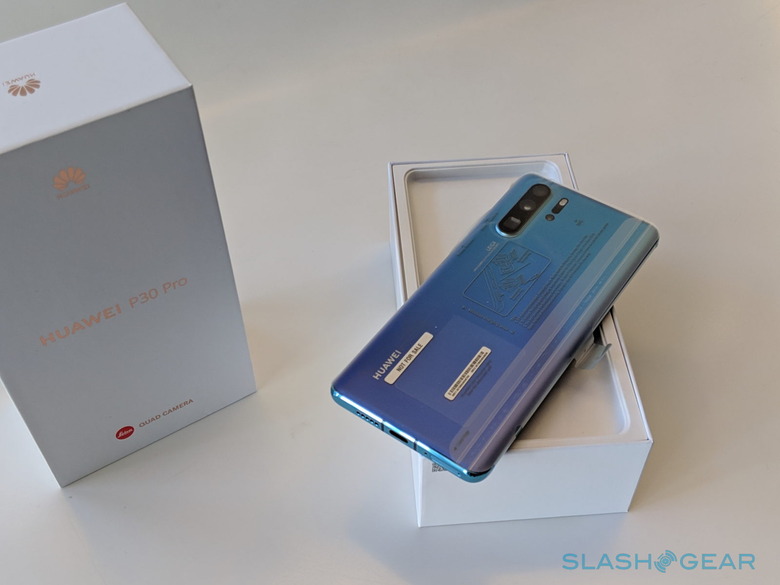
Overall, the P30 Pro is pretty snappy, partly thanks to Huawei's EMUI Android experience which we'll get to in a moment. The beefy specs make sure you won't be slowing down your phone no matter how many apps or tabs you have open. But if you feel that some frames are dropping in your game, Huawei's GPU Turbo will allocate more resources for your entertainment.
The one area where Huawei's premium flagship does falter a bit is in audio. As with any single speaker system, sounds can get pretty loud but lack the bass to give them weight. Unlike LG, Huawei didn't utilize its piezoelectric in-screen speaker to supplement that. Audiophiles will probably see themselves reaching for their favorite Bluetooth headsets as the phone doesn't have a headphone jack. The phone does come with USB-C earphones, thankfully, but they will hardly satisfy those who need their music to get through the day.
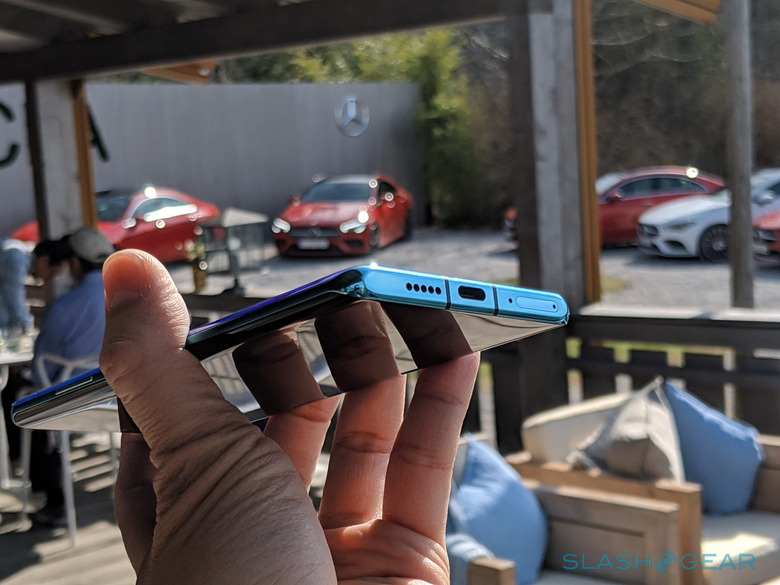
The P30 Pro does excel in its battery life. That may not be that surprising, considering the 4200 mAh battery and lower resolution screen. That may also be thanks to EMJI once again. Typical usage might see you reaching for a charger after a day and a half, though you can probably stretch it all the way to two days with battery saving modes and less frequent use. When it does come to charge, the 40W fast charging makes that downtime even shorter. Yes, there's wireless charging and even reverse wireless charging, but don't expect those to be blazing fast, especially the latter.
Software
The Huawei P30 Pro comes with Android 9 but it's not the Pie you'll see on Google's Pixel, of course. As with any Huawei phone, this comes with EMUI, version 9.1 to be exact. It has definitely changed and improved over the past few years but it's still a double-edged sword as far as experiences go.
Some might immediately be turned off by the iOS-like aesthetics. Others will bemoan the plethora of Huawei apps pre-installed. The former can be fixed with a few settings and theme changes but the former is harder to escape. There's still no way to uninstall Huawei's own apps so the best you can do is hide them.
On the other hand, much of the P30 Pro's touted performance and power-efficiency are partly credited to EMUI. Huawei makes use of some AI and machine learning to learn the user's habits and optimize performance based on those patterns, like pre-loading apps or guessing where users will tap next. It also does some heavy process management, sometimes too aggressive for people's tastes.
Cameras
All of the above, however, doesn't exactly define the Huawei P30 Pro. All things considered, these are traits that are also shared by its biggest rivals, the Samsung Galaxy S10+ and Apple iPhone Xs Max. What really sets the P30 Pro apart is its four cameras, really three and a half, each with their special talent.
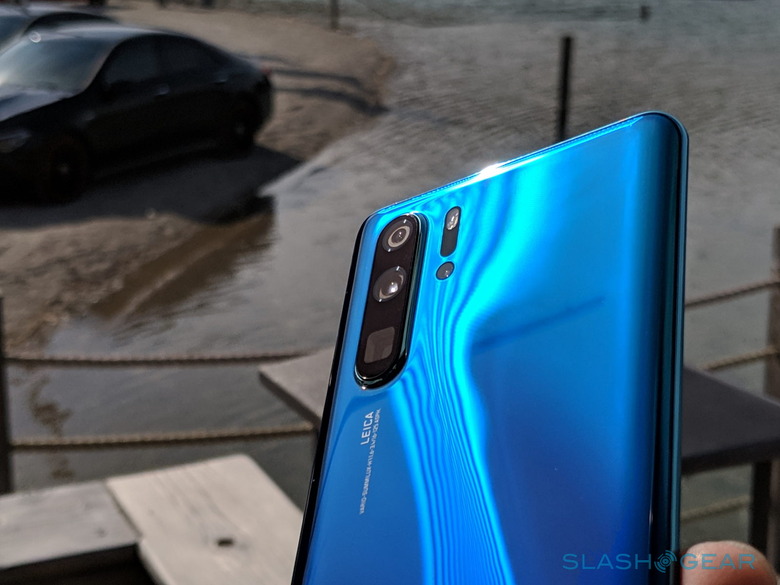
The one you will use the most will be the 40 megapixel main sensor. Don't be deceived by that large number as you will rarely set the camera app to that. In fact, the camera's default mode is 10 megapixel, where four pixels are combined to produce a higher-quality picture. Its special feature, however, is what Huawei calls "SuperSpectrum" sensor. Instead of the usual RGB sensor, it uses RYYB, replacing green with two yellows based on the theory that visible light has more yellow than green and that green is dragged in by the yellow anyway.

That's the theory and, in practice, it actually works very well. Huawei has really outdone itself and deserves to retain its crown as the top smartphone camera in the market. That SuperSpectrum sensor pays off really well in low-light where even the standard mode can produce astonishing output without any special tricks. Turn on Night Mode and you can do magic and turn night into day. Admittedly, the Pixel 3's Night Sight is more magic with its single, lower resolution camera but the P30 Pro isn't that far behind.
And then there's the new kid on the block, the 8 megapixel telephoto lens. Again, don't be swayed or disappointed by the number. This is the much-rumored camera with a 5x optical zoom unheard of in smartphone cameras. That's thanks to the periscope design of the lenses that let Huawei cram more in less space. Because it uses optical zooming, it doesn't degrade the quality of the resulting image, though with an 8 megapixel f/3.4 camera you might feel you're not getting that much detail in the first place.
Compared to these two, the 20 megapixel ultra-wide-angle camera almost seems boring. But more than just letting you take panoramic shots without needing to go into panorama mode, all three of those cameras work to deliver a 10x hybrid zoom that is, again, unheard of on smartphones. Naturally, it won't be as crisp as an optical zoom but it is still by far better than what other smartphones can achieve at that level with digital zoom alone. The P30 Pro does have a 50x digital zoom but, to be honest, you probably won't want to use that anyway.
That "and a half" is the 3D time-of-flight sensor, the fourth camera on the Huawei P30 Pro's back. Often linked with augmented reality applications, Huawei also uses the ToF sensor to improve its portrait mode, a.k.a. bokeh simulation, beyond what even dual cameras with depth sensors can do. It can accurately separate the subject from both foreground and background and can even distinguish the complicated edges surrounding the subject. The result is a more accurate and more pleasing blur.

The Huawei P30 Pro also has a front camera with a whopping 32 megapixels and one of the few in the market that supports HDR, at least for videos only. By going with a small waterdrop notch, Huawei sacrificed additional sensors that could have given the camera an edge in face recognition or bokeh simulation. It does fine when it comes to exposure, color accuracy, and detail preservation but selfie addicts might be left a bit wanting from the limited depth of field and slightly poorer low-light performance. Of course, there's always the AI-driven beauty mode to perk things up a bit.
Wrap-up
Huawei has done it again and has produced a smartphone that should make Samsung and Apple worry. At more or less almost the same price as those two's own flagships, the P30 Pro offers a mobile photography experience that perhaps only Google's next Pixel might be able to threaten. Save for a few paper cuts, like unimpressive audio and a heavily-customized Android experience, the Huawei P30 Pro is almost perfect in every way.
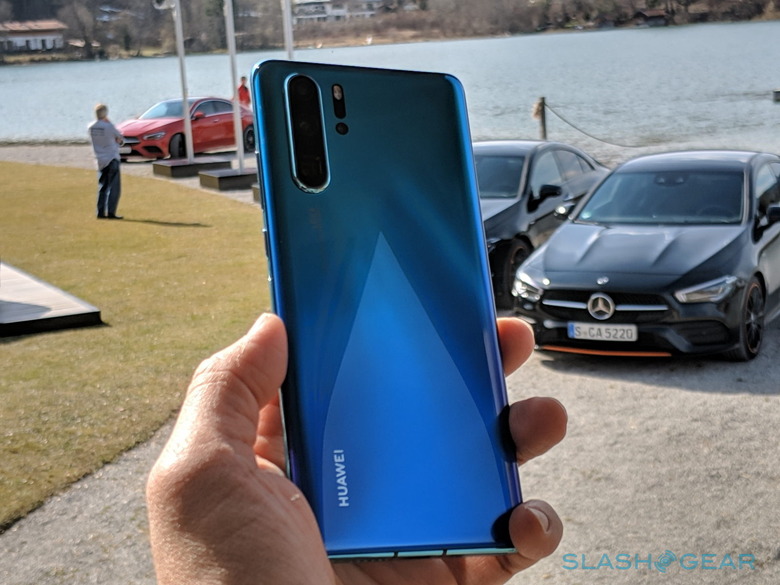
Sadly, Huawei isn't just fighting against rivals in the smartphone market, it is also fighting against perception and politics. Because of that, the P30 Pro's biggest flaw for US consumers isn't technical. It's that they won't have a chance to experience everything that it has to offer. At least not in an officially supported way.
Vincent Nguyen contributed to this review.


